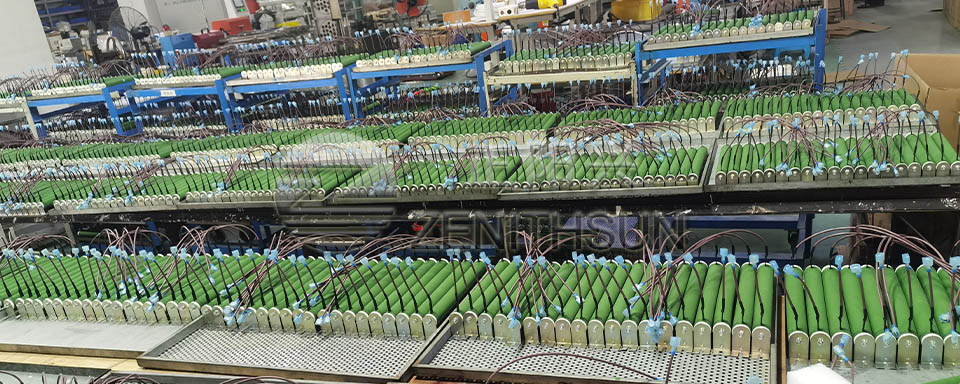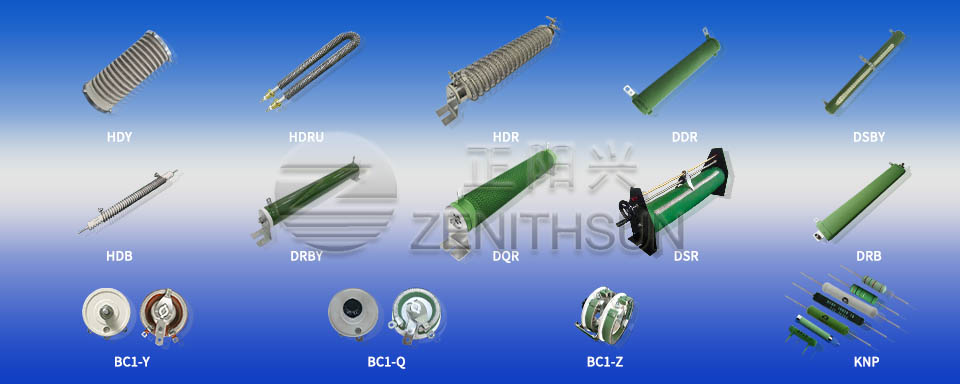Insulation Base of Wirewound Resistor: Resistor wire windings typically utilize aluminum oxide ceramic as an insulation base. For low-power windings, solid ceramic rods are commonly used, while high-power windings employ hollow insulation rods. The quality difference in the base material significantly impacts the heat dissipation and electrical performance of the resistors.
Encapsulation Materials of Wirewound Resistor: There are several types of encapsulation materials, including insulation varnish, silicone resin enamel mixed materials, plastic encapsulation, ceramic, and aluminum casing. Insulation varnish is the most economical encapsulation material, with a simple application process involving coating the pre-wound resistor wire on the base and low-temperature drying. While it offers moderate insulation performance, it has limited impact on the heat dissipation of the resistor, making it suitable for low-temperature and low-reliability applications.
Resistor Wire of Wirewound Resistor: The choice of wire material directly determines the temperature coefficient, resistance value, short-term overload capacity, and long-term stability of the resistor. Nickel-chromium alloy is the most commonly used wire material, but the quality and manufacturing processes vary greatly among different wire manufacturers, leading to differences in the composition of trace elements in the alloy. High-quality wire materials exhibit minimal changes in electrical performance during high-temperature sintering, ensuring stability. Resistors wound with different grades of wire material of the same base size can yield significant variations in resistance values. This explains why domestic manufacturers often produce resistors in the kilo-ohm range, while foreign manufacturers can achieve resistances in the range of hundreds of kilo-ohms or even tens of mega-ohms for the same power rating. Different resistance values and power ratings require the selection of different wire gauges.








